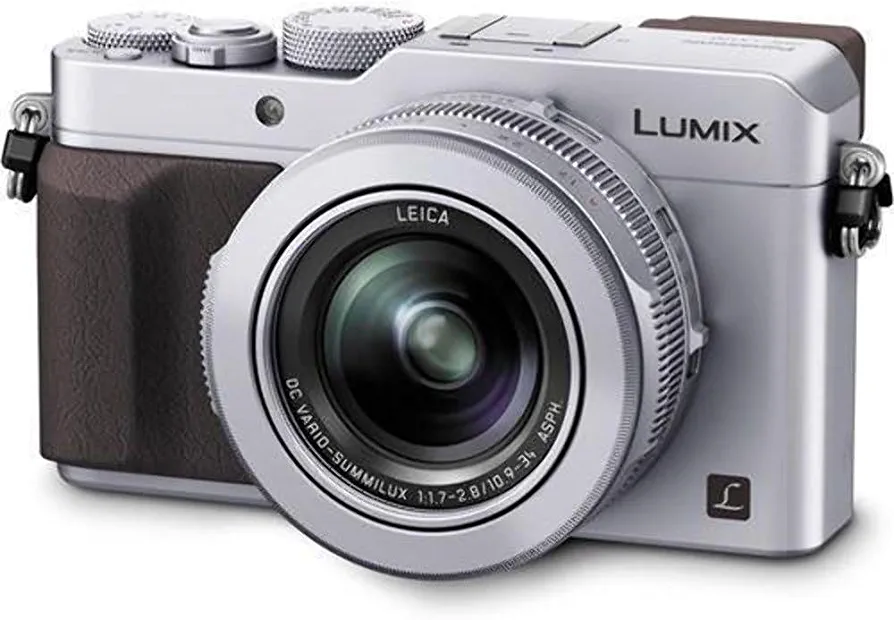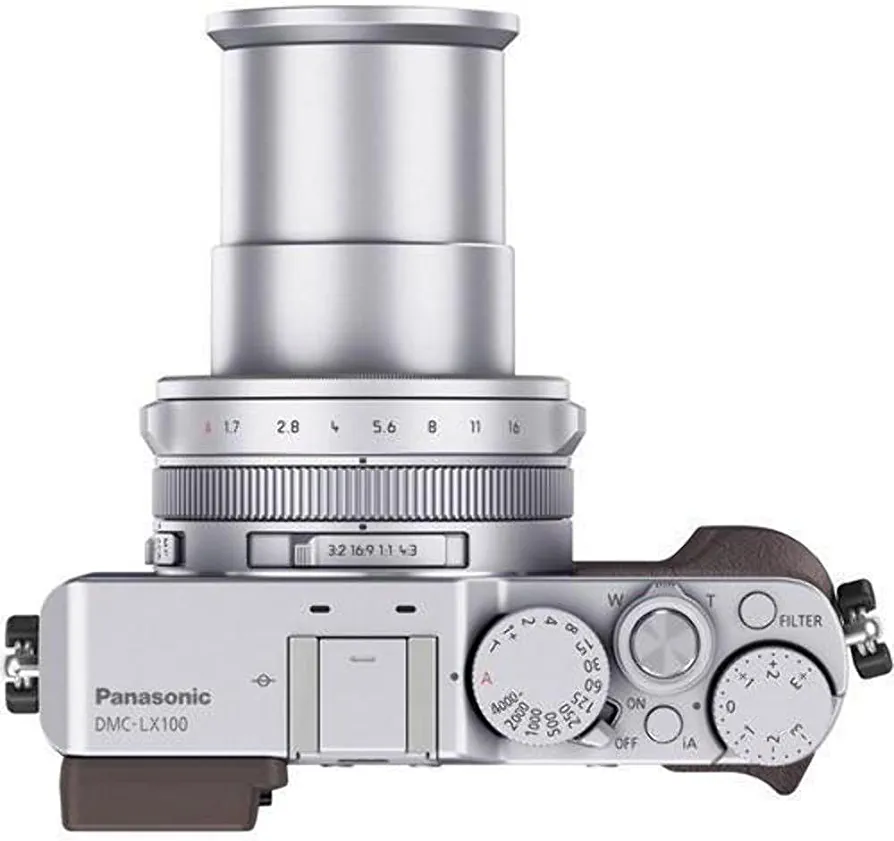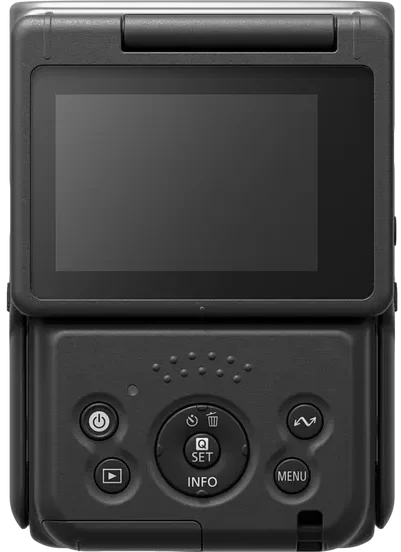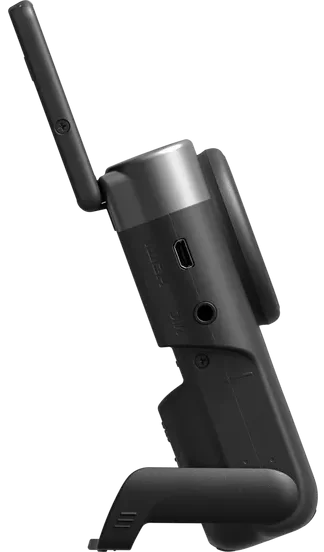
With the release of Canon’s PowerShot V10, the compact digital camera market has seen a new competitor. The V10 has been designed with a focus on portability, versatility, and powerful imaging capabilities. In comparison with other models in the same category, here’s how it stacks up.
Size and Weight: The V10 measures approximately 63.4 × 90.0 × 34.3 mm and weighs in at a light 211g. This puts it in the same weight class as the Sony RX100 VII and the Panasonic Lumix LX100 II, making it an equally portable option.
Image Quality: The PowerShot V10 uses a high-sensitivity CMOS sensor with approximately 20.9 total megapixels and an effective pixel count of 15.2 megapixels for still photos. This sensor size is on par with many compact cameras like the Sony RX100 series but falls behind slightly when compared to the one-inch sensor found in the Panasonic Lumix LX100 II.

Video Capabilities: With its ability to record in 4K UHD, the V10 stands out from many of its competitors. Not many compact cameras in this price range offer 4K video recording capabilities.
Lens: The V10 is equipped with a wide-angle lens, with a 6.6mm focal length, equivalent to an 18mm in 35mm format. This is wider than most compact cameras, making it ideal for landscapes and group shots.

Connectivity: The V10 offers Wi-Fi and Bluetooth connectivity, comparable to most current digital cameras. Its ability to directly connect to your phone makes it a practical choice for social media enthusiasts and vloggers.
Battery Life: With an approximate 290 shots per charge, the V10 falls slightly behind some competitors such as the Sony RX100 VII which boasts 260 shots per charge. However, it surpasses the Panasonic Lumix LX100 II which offers only about 200 shots per charge.

In summary, the Canon PowerShot V10 presents strong competition in the compact digital camera market. Its wide-angle lens and 4K recording capabilities make it a standout choice, while its portability and connectivity options ensure it’s practical for a wide variety of uses.









